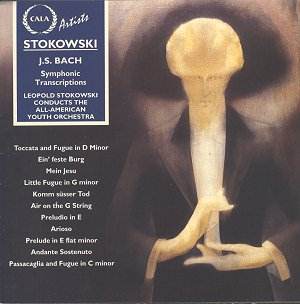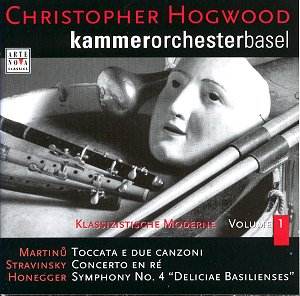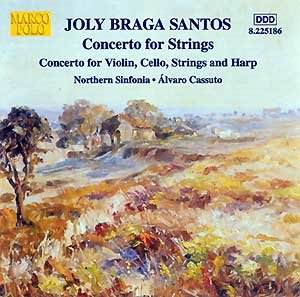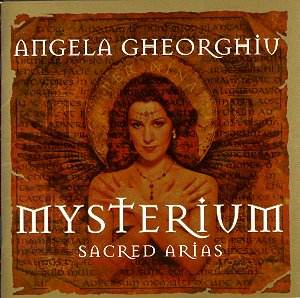 Composer: Johann Sebastian Bach
Composer: Johann Sebastian Bach
Works: Symphonic Transcriptions by Leopold Stokowski
Performers: The All-American Youth Orchestra, Leopold Stokowski (conductor)
Recording: 1940-41
Label: Cala (CAL 0527)
Leopold Stokowski’s transcriptions of Bach’s works have long been a fascinating intersection of Baroque genius and early 20th-century orchestral innovation. Stokowski, a conductor known for his flamboyant style and rich orchestral textures, took Bach’s intricate polyphony and reimagined it for larger orchestral forces, allowing the music to resonate in ways that transcend the original instrumentation. This collection, featuring the All-American Youth Orchestra, captures the essence of Stokowski’s vision during a brief but vibrant moment in American orchestral history, between 1940 and 1941, just before the orchestra disbanded in response to World War II.
The performances on this disc reveal an extraordinary level of engagement and expressiveness from the youthful musicians, under the batonic guidance of Stokowski. The Toccata and Fugue in D minor, BWV 565, stands out as a prime example of Stokowski’s interpretative genius. The alternation of string and woodwind textures not only brings out the work’s underlying harmonic structure but also imbues it with a vibrant dynamism. The brass section, particularly in the monumental opening, punctuates the swirling passages with an assertive clarity that is both thrilling and musically coherent. Here, Stokowski’s choice to emphasize the brass and woodwinds creates a sonic tapestry that is both grand and intimately detailed, allowing listeners to appreciate the depth of Bach’s original lines.
Stokowski’s interpretation of “Mein Jesu, was für eine Nacht,” BWV 487, is another highlight, characterized by a slow tempo that allows for a seamless unfolding of melodic lines. The control he elicits from the orchestra is exemplary; the phrasing is imbued with a profound sense of yearning, moving through each note with a fluidity that is captivating. The airiness in the string texture during the “Air on the G String” is particularly noteworthy, as Stokowski employs perfectly judged portamenti that enhance the lyrical quality of the melody. Such interpretative choices highlight both the spiritual and temporal dimensions of Bach’s music, allowing it to breathe and resonate deeply.
The recording quality, preserved from the original Columbia sessions, is commendable, particularly considering the era in which it was produced. The clarity of the orchestral balance is striking, with each section of the orchestra distinguishably present. The engineering choices made in this reissue allow the listener to appreciate the nuances of Stokowski’s orchestration, especially in the “Arioso” from Cantata 156, where the progressive lightening of the string texture reveals the delicate interplay between instruments. The well-informed liner notes by Edward Johnson provide an authoritative context for these performances, enriching the listening experience with insights into Stokowski’s unconventional seating arrangement and its impact on orchestral sound.
Comparatively, while Stokowski’s earlier RCA recordings have enjoyed considerable acclaim, this compilation presents a fresh perspective on his Bach transcriptions, particularly due to the youthful exuberance of the All-American Youth Orchestra. Their performances carry an immediacy that captures the spirit of the era, making this disc not merely a historical document but a vibrant musical experience.
This album of Stokowski’s Bach transcriptions stands as a testament to his enduring legacy and the remarkable capabilities of the All-American Youth Orchestra. It invites both seasoned listeners and newcomers alike to explore the intricate dialogues within Bach’s music, rendered anew through Stokowski’s masterful orchestration. A treasure indeed, this collection is essential for anyone interested in the confluence of Bach’s genius and Stokowski’s interpretative flair.



